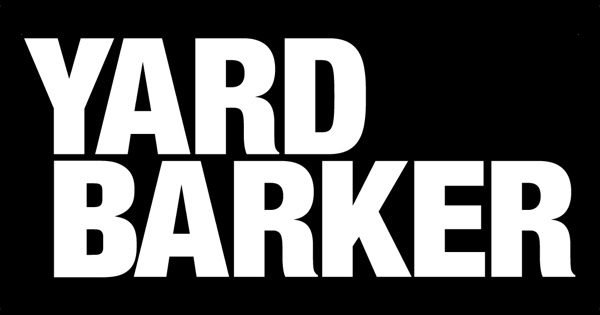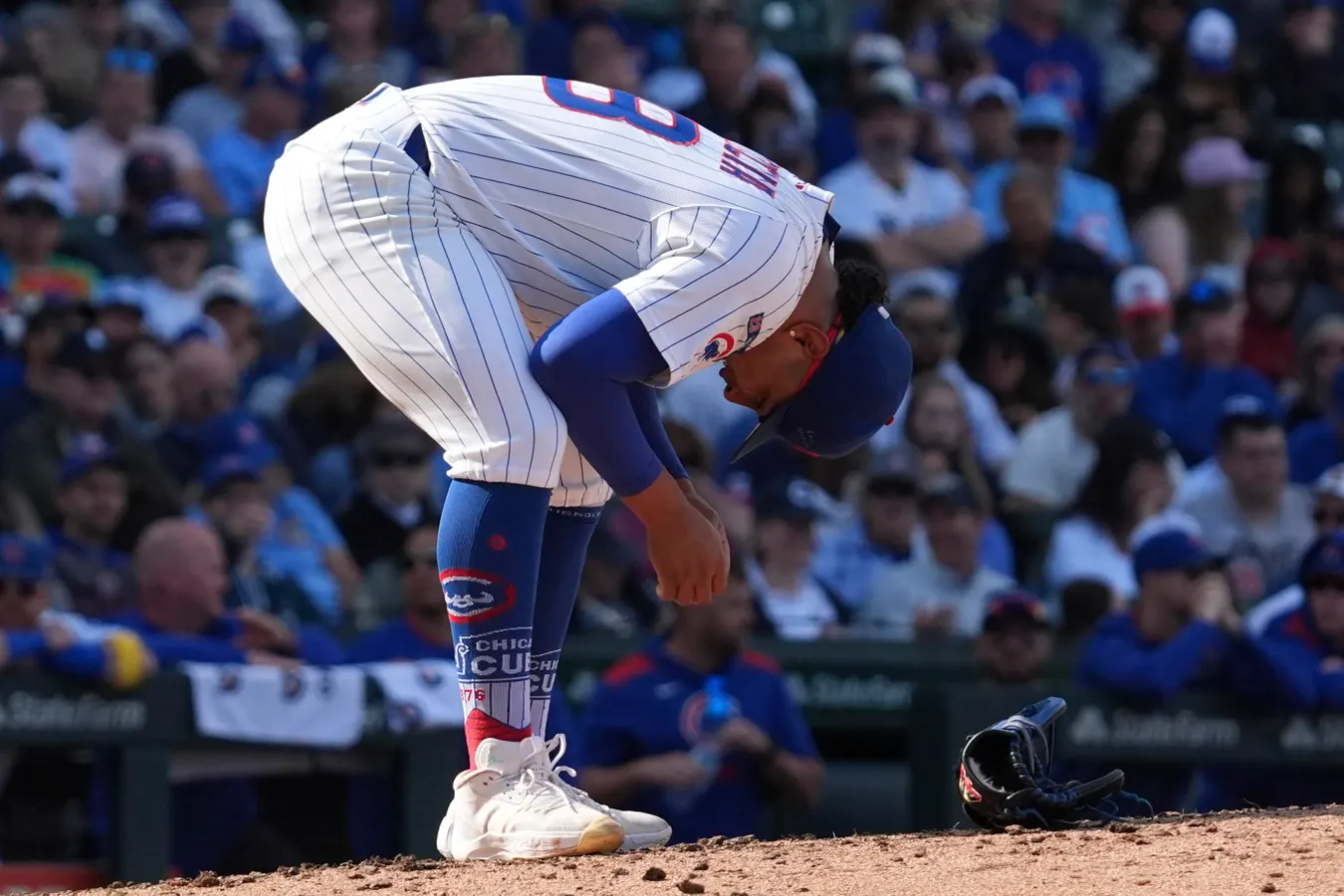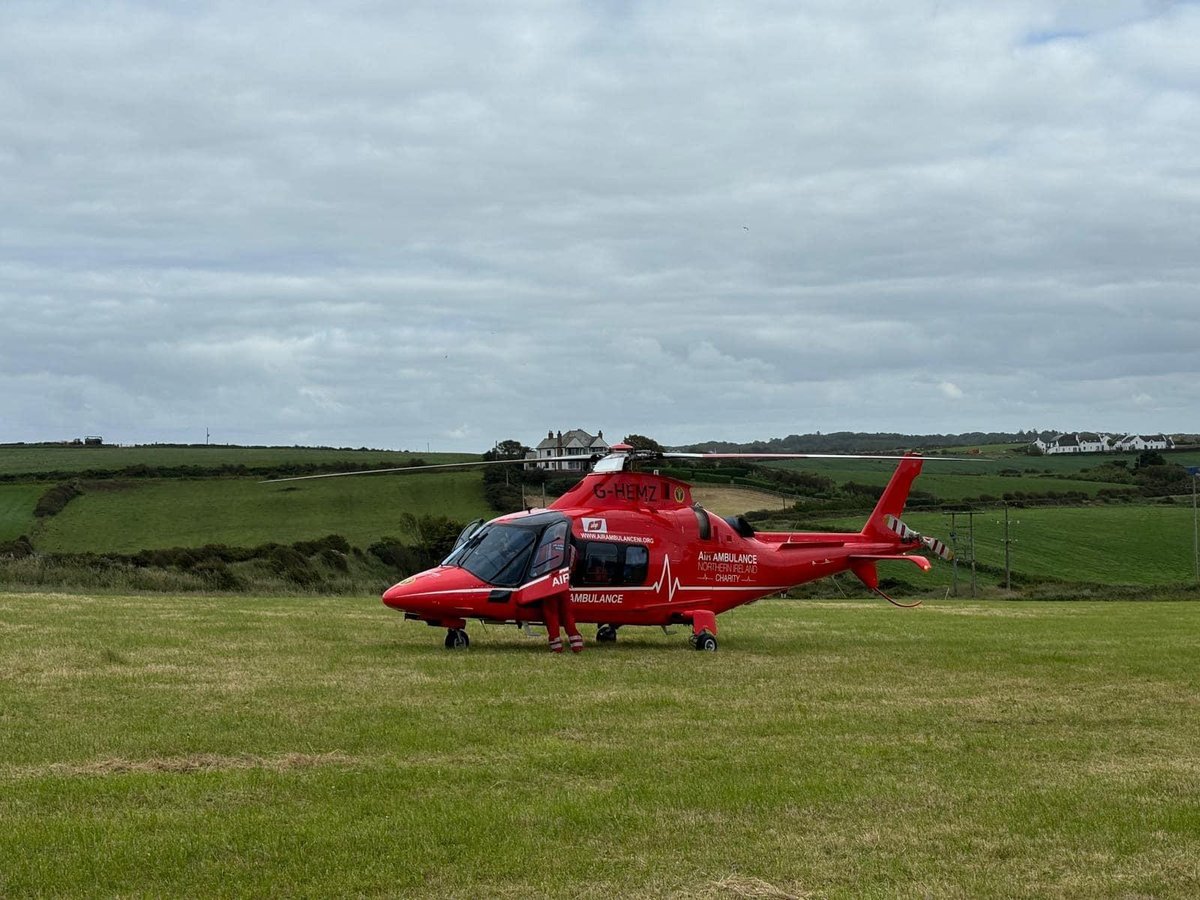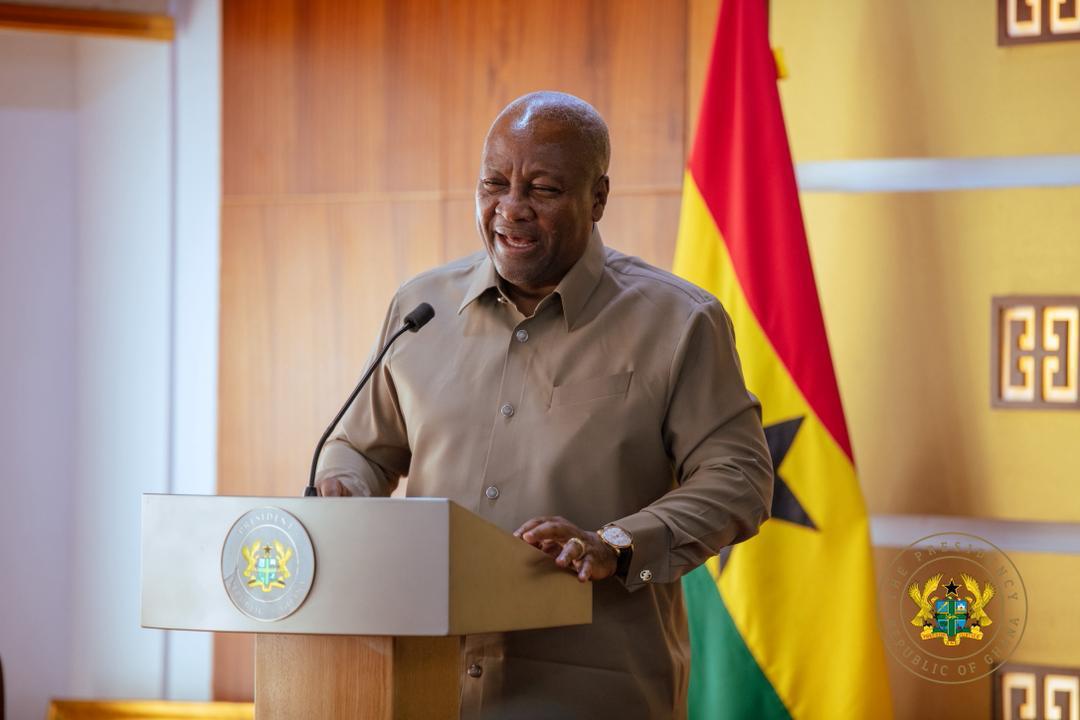By Siddhi Vinayak Misra
Copyright breezyscroll
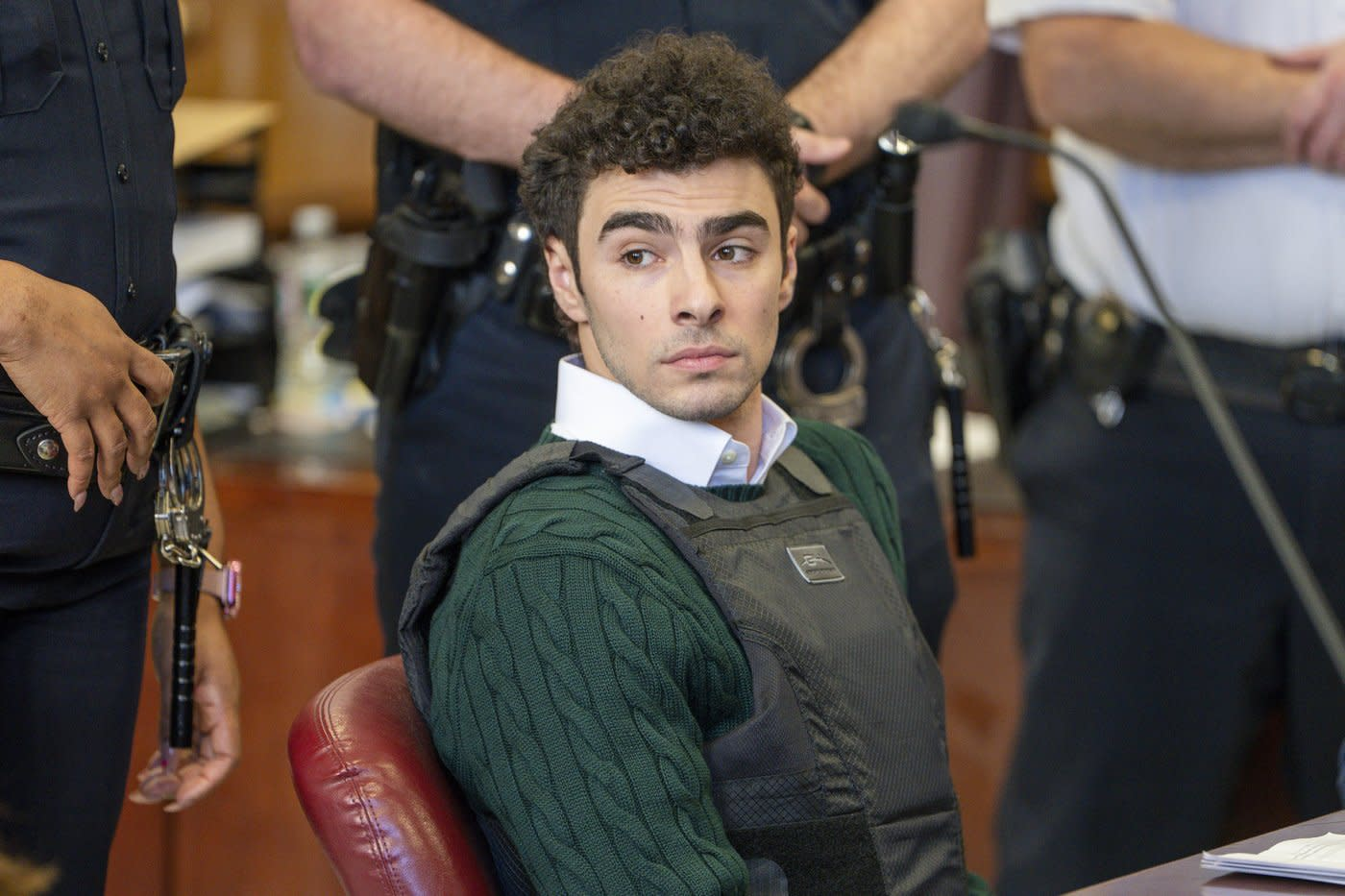
What happened in the Luigi Mangione case?
A New York judge has dismissed two terror-related murder charges against Luigi Mangione, the 27-year-old accused of fatally shooting UnitedHealthcare CEO Brian Thompson outside a Manhattan hotel last December.
Judge Gregory Carro ruled Tuesday that the charges, murder in furtherance of an act of terrorism and murder as a crime of terrorism, were “legally insufficient.” Prosecutors had argued Mangione’s alleged motive was ideological, pointing to writings found in his backpack and messages etched onto bullets, but the judge said the law requires proof of an intent to intimidate or coerce a broader population, not just ideological reasoning.
Despite the dismissal, Mangione still faces nine state charges, including second-degree murder, which carries a potential sentence of 25 years to life in prison. He also faces federal charges, where the Justice Department has signaled it will pursue the death penalty.
Why were terrorism charges dismissed?
At the core of the ruling is how New York law defines terrorism. Under state statutes, terrorism requires:
An act intended to intimidate or coerce civilians or government.
A connection to broader social or political violence.
Judge Carro emphasized that an ideological motive alone—such as Luigi Mangione’s apparent anger at inequities in the American healthcare system—does not automatically meet that threshold.
In his written ruling, Carro explained:
“While the People place great emphasis on the defendant’s ‘ideological’ motive, there is no indication in the statute that a murder committed for ideological reasons fits within the definition of terrorism without establishing the necessary element of an intent to intimidate or coerce.”
This distinction between ideology and intent has major implications, especially in politically charged cases where prosecutors may frame a crime as terrorism to underscore its impact.
What charges remain against Mangione?
Even with the two terrorism-related charges dismissed, Mangione’s legal exposure remains severe. The Manhattan District Attorney’s office confirmed it will move forward with:
Second-degree murder
Weapons charges
Forgery charges
The most serious count—second-degree murder—alone carries a sentence of up to life in prison if he is convicted.
Meanwhile, the federal case remains unaffected. Prosecutors there are pursuing murder charges that carry the possibility of the death penalty, setting up a rare situation where Mangione must simultaneously fight both state and federal trials.
Double jeopardy concerns
Mangione’s attorneys have argued that being tried in both state and federal courts amounts to double jeopardy, which the Constitution prohibits. They pointed to past cases, including high-profile mass shootings, where state prosecutors deferred to federal cases.
But Judge Carro rejected that argument, citing Supreme Court precedent that allows “dual sovereignty.” In other words, a single act can be prosecuted separately by the state and federal governments.
The defense has warned that back-to-back trials will make it nearly impossible to find an impartial jury in the federal case after a high-profile state conviction. Still, the judge called the argument premature.
Supporters and public reaction
Mangione’s case has drawn an unusual wave of public support. At Tuesday’s hearing, dozens of people lined up outside Manhattan Criminal Court, many dressed in green, his supporters’ chosen color. Some waved signs, while one woman wore a shirt featuring Luigi from Nintendo’s Super Mario Bros., playing on his first name.
Since his arrest, Mangione has raised more than $1.2 million through online donations, with contributions ranging from $5 to thousands. His defense team also maintains a website providing regular updates, which prosecutors have cited as evidence that Mangione himself has amplified the publicity he now claims makes a fair trial impossible.
What comes next?
Mangione is due back in court on December 1, when the judge will hold hearings on whether evidence seized during his arrest—including his firearm, writings, and statements to law enforcement—should be suppressed.
The outcome of those hearings could significantly shape the state trial. For example:
If the writings and bullets with messages like “delay” and “deny” are excluded, prosecutors will lose some of their strongest evidence of motive.
If allowed, the prosecution could argue that Mangione staged a symbolic act against the healthcare system.
Meanwhile, the federal case continues to advance. The Justice Department has not wavered from its intention to seek the death penalty.
Why this case matters
The Mangione case touches on three broader themes in American law and politics:
The definition of terrorism: The ruling highlights how narrowly terrorism is defined under New York law. Ideological violence against a single target may not qualify, even if prosecutors argue it carries a political message.
State vs. federal prosecutions: The dual track of trials raises thorny constitutional questions, particularly around double jeopardy and fair trials after massive media coverage.
The politics of violence: Mangione’s case is unfolding amid a surge of politically motivated violence in the U.S., including last week’s assassination of conservative activist Charlie Kirk. How courts label—or decline to label—such acts could influence future prosecutions.
A New York judge dismissed terrorism-related charges against Luigi Mangione, accused of killing UnitedHealthcare CEO Brian Thompson.
The court ruled ideological motives alone don’t meet New York’s terrorism definition.
Mangione still faces second-degree murder charges in state court and federal charges where prosecutors will seek the death penalty.
Supporters have rallied behind him, raising $1.2 million in donations.
A December hearing will determine if key evidence can be used at trial.
